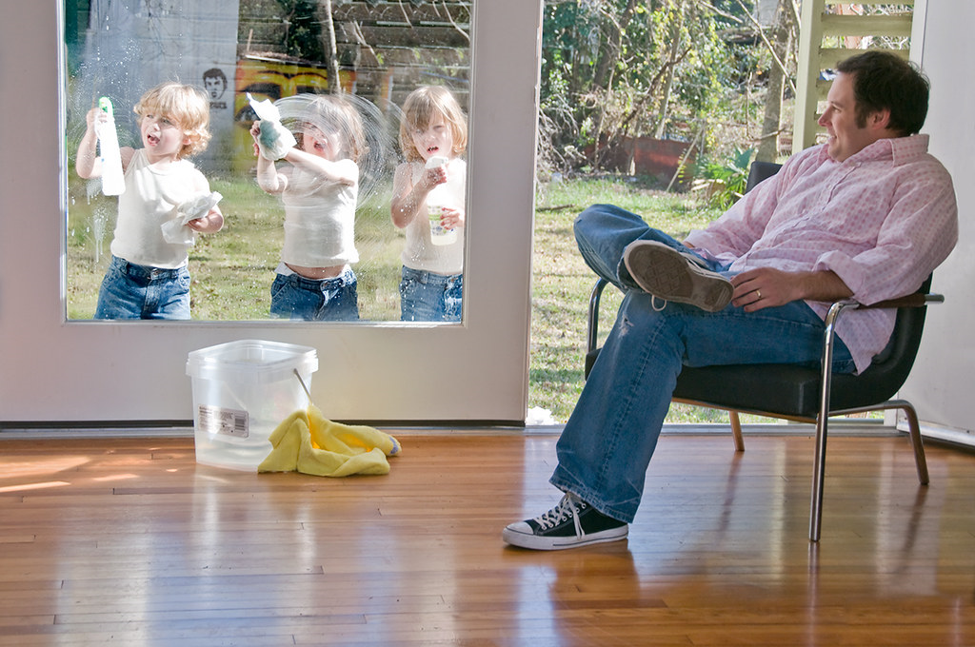A Welcome Addition to Multiples Parenting Literature

I am delighted to tell you about a new book coming out in February—Parent like a Triplet, written by Norwegian identical triplet Kari Ertresvåg. I had the tremendous pleasure of writing the book’s foreword, which I want to share with you here.
Foreword to Parent like a Triplet
I consider myself Kari Ertresvåg’s partner in crime—the “crime” being our joint commitment to debunking the twin mystique and normalizing the experiences of multiples. We share a sisterhood of sorts as fellow identical multiples—Kari is a triplet and I a twin. Although almost four decades separate us chronologically, we are emotionally and psychologically on the same page when it comes to our shared mission. Kari’s extraordinary book is both a memoir and exposé, elucidating the blessings as well as the drawbacks of growing up as a multiple. Parent like a Triplet is deftly written with humor, authenticity, humanity, and insight.
What I most admire is Kari’s uncanny ability to communicate the challenges of being a multiple from a childhood perspective. Her beautifully descriptive accounts of growing up with her two sisters are both comical and sobering. She does not sugarcoat the difficulties nor minimize the joys. Her recollections of growing up as a triplet are admirably candid and genuine. Though she decries society’s romanticized, idealized view of multiples, she is delighted and excited to share her feelings about the incredible bond she enjoys with her sisters.
I particularly enjoyed Kari’s thoughts on “taking pauses.” Rather than using the words separation or alone time, she explains how taking pauses whenever possible with each individual child is an essential parenting task. Kari recounts how she cherished private conversations and one-on-one time with her mother. Though she is sympathetic about the challenges her parents faced in raising five children—three of whom were the same age—she reflects that a pause now and then would have done much to fulfill her yearning to be known and recognized.
Kari gives her readers specific advice and tangible strategies for meeting this longing for uniqueness and overcoming the many obstacles that prevent its healthy formation. For example, she explains that focusing on minor differences to differentiate between multiples can have unintended consequences that can last a lifetime and dangerously impede the emotional well-being of multiples as they mature.
I also admire Kari’s willingness to tackle the thornier, less well-known issues that arise when raising multiples, such as the impact of sharing friends with siblings, how twins and triplets can deal with bullying, and why research findings about multiples that do not account for nuance and context should be taken with a grain of salt. For instance, she takes issue with the most recent statistics that indicate separating or keeping multiples together at school has no real impact on their development. Lumping these children into a percentage does not do justice to the individual experiences of twins or triplets in various circumstances.
Kari’s basic message is akin to mine—parents should encourage multiples to develop a unique sense of self. She recounts how she and her sisters lived apart for many years beginning in their late adolescence. Now, they are all in long-term relationships and live close to one another in their native country of Norway. Kari remains convinced that their time apart played a significant role in normalizing their sisterly bonds and empowering each of them to form healthy attachments with significant others.
Overall, Parent like a Triplet is an outstanding addition to parenting literature that educates multiples and nonmultiples alike about the special developmental trajectory, needs, and challenges of same-age siblings.
Image courtesy of newlivinghouston (CC BY 2.0)

